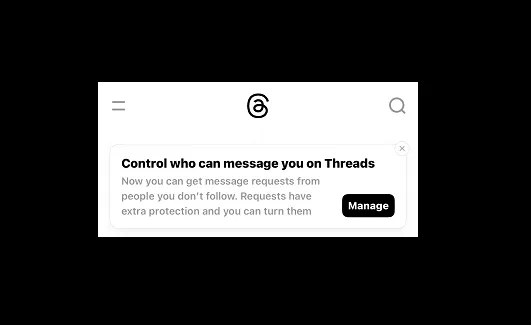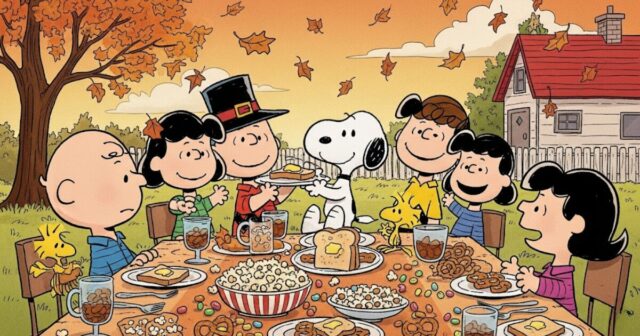7 Social Media Boundaries to Start Practicing Today
Scratch that—yesterday. The post 7 Social Media Boundaries to Start Practicing Today appeared first on Camille Styles.
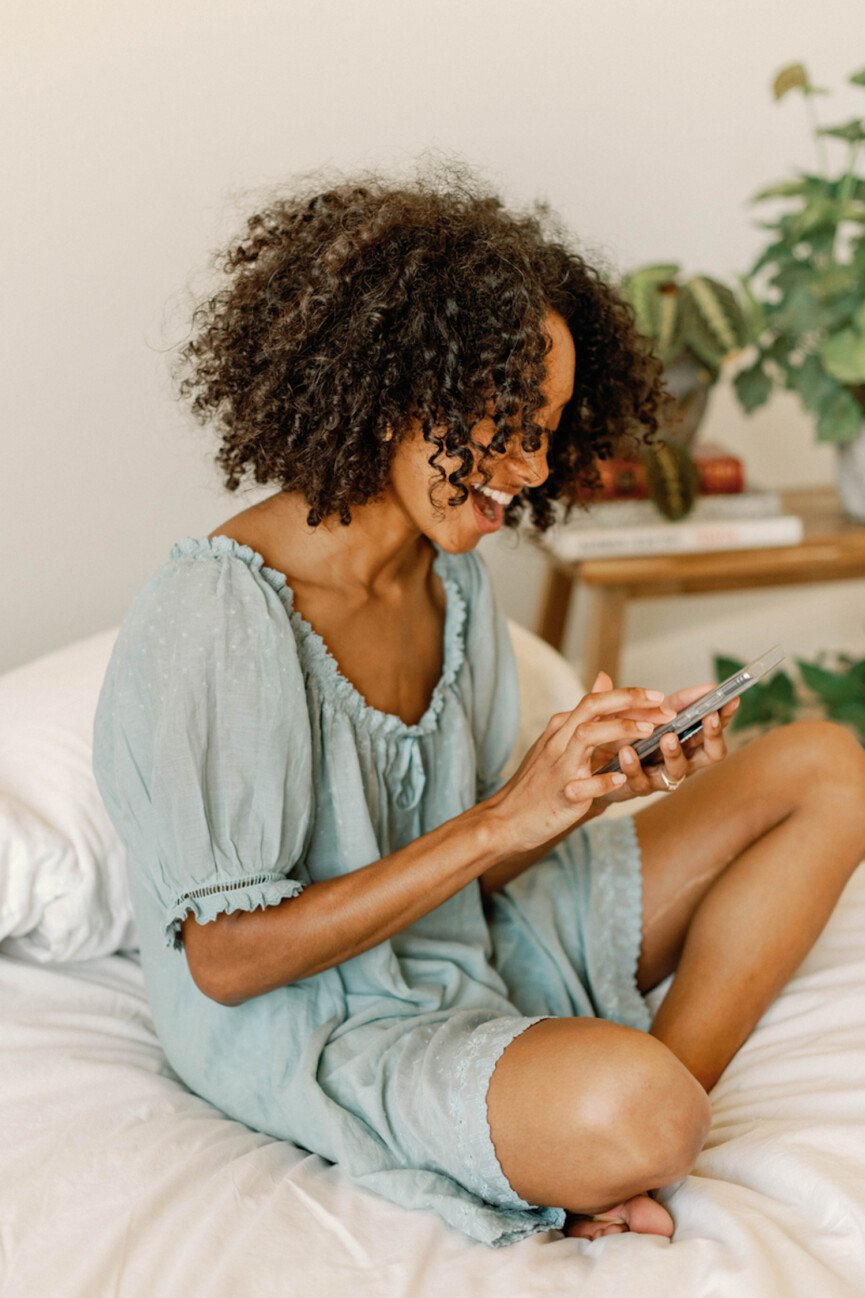
For better or worse, social media is now a fixture in our lives. It influences how we socialize, work, and connect with our communities. It’s nearly impossible to live without, and I’m often super envious of people who don’t use it at all. In 2023, there were an estimated 4.9 billion social media users worldwide, with the average person spending 145 minutes on social media every day. I don’t know about you, but I can think of far better things to do than spend 2+ hours on my phone each day.
It’s wild to think that social media didn’t exist in the form it did now when I started my career as an Entertainment Publicist in 2005. At the time, we had MySpace, but it wasn’t close to how we now use social platforms. One year later, Twitter (now X) would reach the cultural zeitgeist, and we’d begin to understand how quickly the world was connected.
Featured image from our interview with Sanetra Nere Longno.
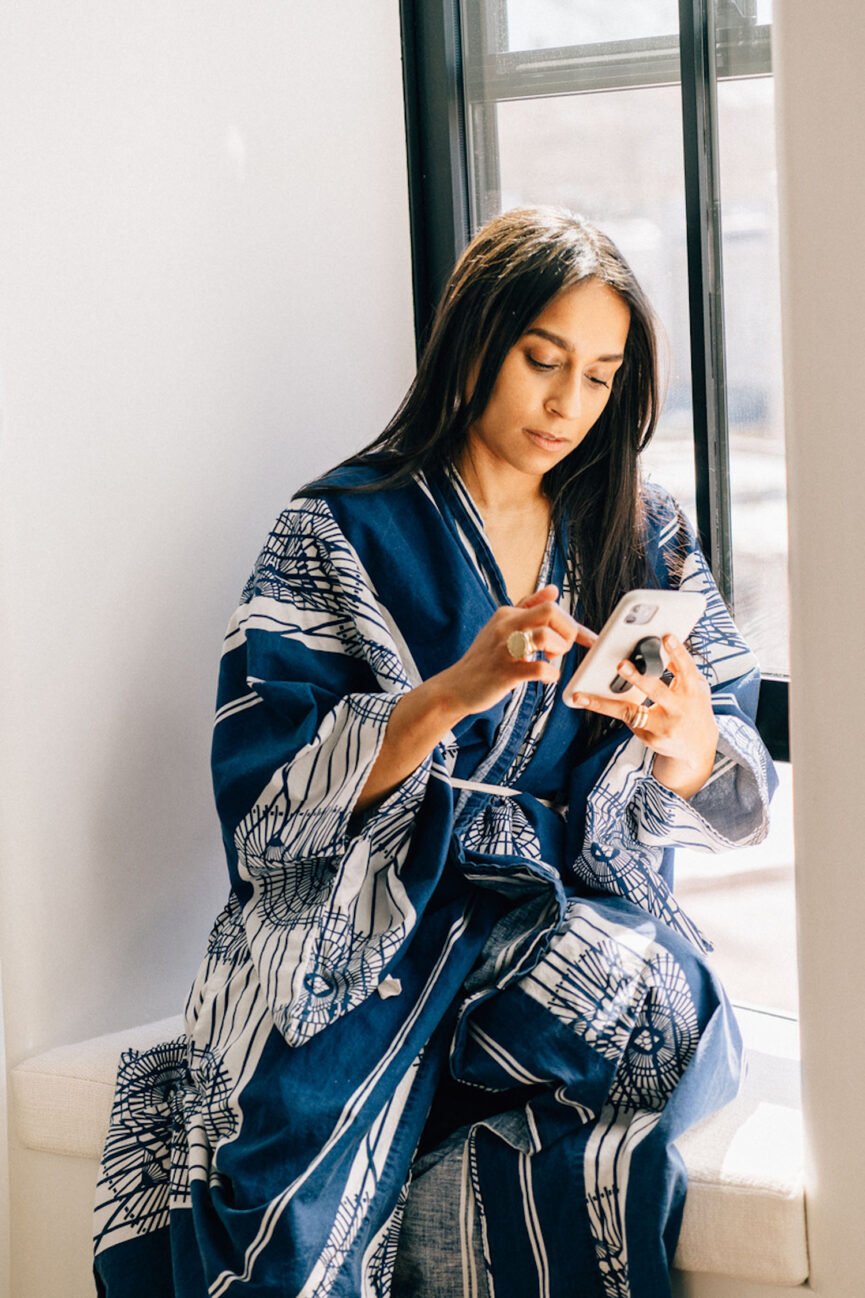
Because I’ve chosen a career that relies heavily on social media and staying up to speed on trends, I’m constantly re-evaluating and readjusting my behavior and boundaries with various platforms. It’s taken a few iterations, plus a lot of reflection on my time and usage, but I landed in a good spot once I started asking myself a few key questions and shifting my behavior in game-changing ways.
Now, these are the social media “rules” and boundaries I practice to ensure my relationship with my platforms stays healthy—a source of connection and inspiration.
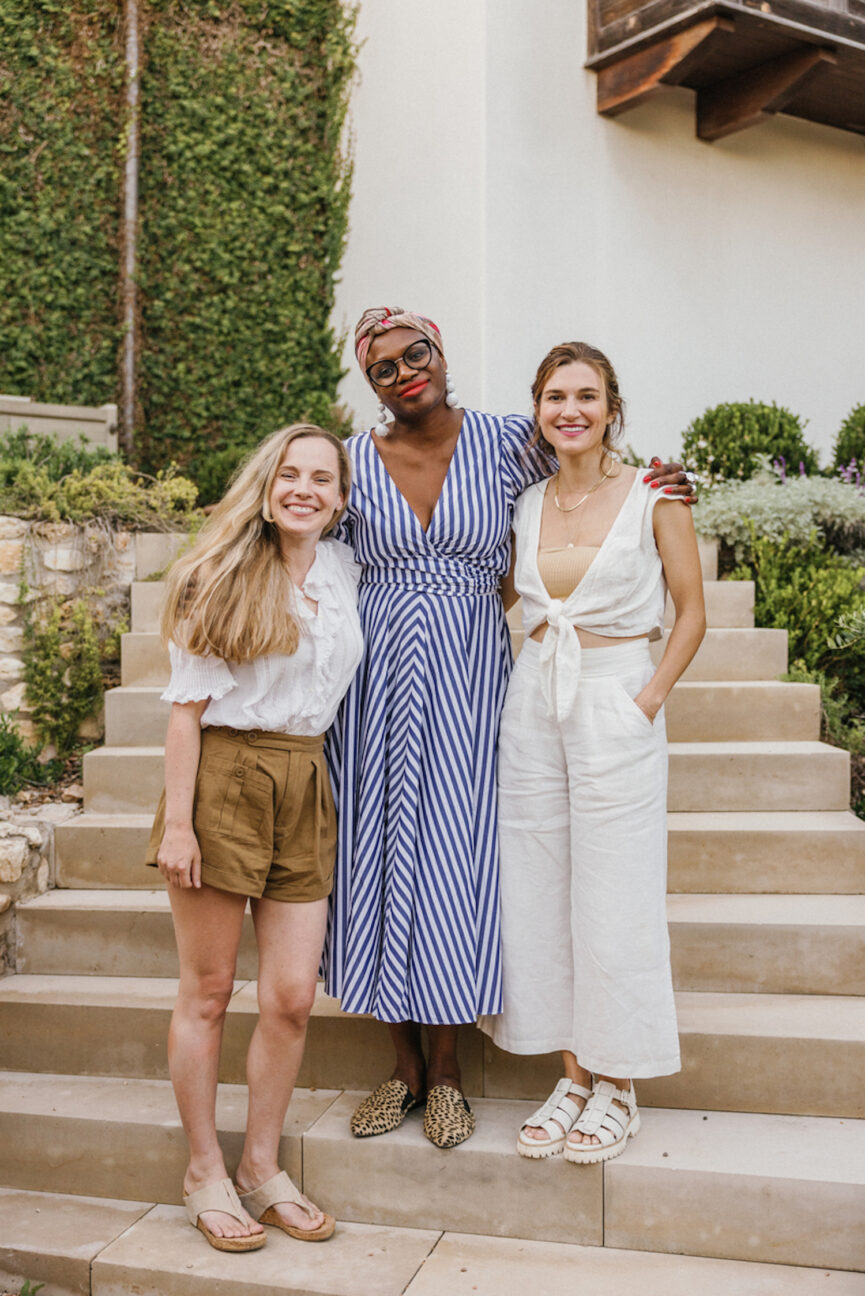
Friends Get News Before Strangers
This one is simple, but no huge life event or change will hit social media before my inner circle, dear friends, or family gets the news. I’ve mostly decided to keep that kind of news off of social media anyway so that a large chunk of my personal life remains private. However, if I’m going to share any sort of update, I take a beat before posting.“Do my best girlfriends know about this?” If the answer is no, it doesn’t get shared.
Am I willing to engage with what I’m sharing?
I LOVE to share a good deal. Whether it’s a candle dupe, a steal on a great dress, or a product I truly truly love—it’s all fair game. But, these sorts of posts often garner plenty of questions and responses. So I ask myself before posting: Am I willing to engage? If the answer is no, I don’t post anything. I love being helpful and want to feel that my community can rely on me, but if I’m tired or depleted and won’t take time to respond, I simply don’t post about it.

Vacations are for Staying Present
Camille did an incredible job of this when she traveled for her 40th birthday. She was very intentional upfront about disconnecting, even sharing in her newsletter that she was deleting the Instagram app while away. What a gift to give yourself.
Here’s how I see it. If I’m spending thousands of dollars on traveling, especially somewhere new, only to be on my phone the entire time… well, I could’ve done that at home. This has been a huge practice for me, but I prefer to take all the pictures I can on my trip, stay present in the moment, then if I feel like sharing when I return, I will. Of course there have been serendipitous moments where I’ve posted from another country, only to learn a friend was also there so we could meet up. It’s so fun, but if I’m open to that next time, I’ll post ahead of time that I’m going to a specific location in the hopes a friend is also there. TL; DR: I’m posting about my trips after should I even decide to do that.
Note: you could replace the word “vacation” for dinners, friend hangs, time with family, etc. The biggest question I consider is: am I present and being in the moment right now? Because it’s moment I will never get back.

Why am I sharing this?
This is a question I ask myself often. We overanalyze the answer, sure, but I also think it’s a valid question to reflect on. One thing I noticed about leaders I admire in a professional capacity is that they rarely use social media to share. They’re passive users in that they pop on to see what is happening in the world, but they rarely post themselves.
These are the questions that guide what I end up posting:
Do I want to document a moment in time? Am I amplifying someone else’s voice or work? Is what I’m sharing helpful? Will this connect or create community?Those are the things I tend to want to post and share most about. And if the intention behind my posting doesn’t check one of those boxes? I’ll happily just keep it to myself.
Are you engaging with people or pages that make you happy?
If the answer is no, your options are simple: mute or unfollow. There have been pages or people I followed because of a specific time or period in my life. Case in point: I am still on my no-drinking lifestyle, so following pages of alcohol, or seeing people post about themselves doing something cringe while drunk isn’t serving me at this moment in life. So, I choose to mute or unfollow. It’s probably the simplest boundary we can set for ourselves.
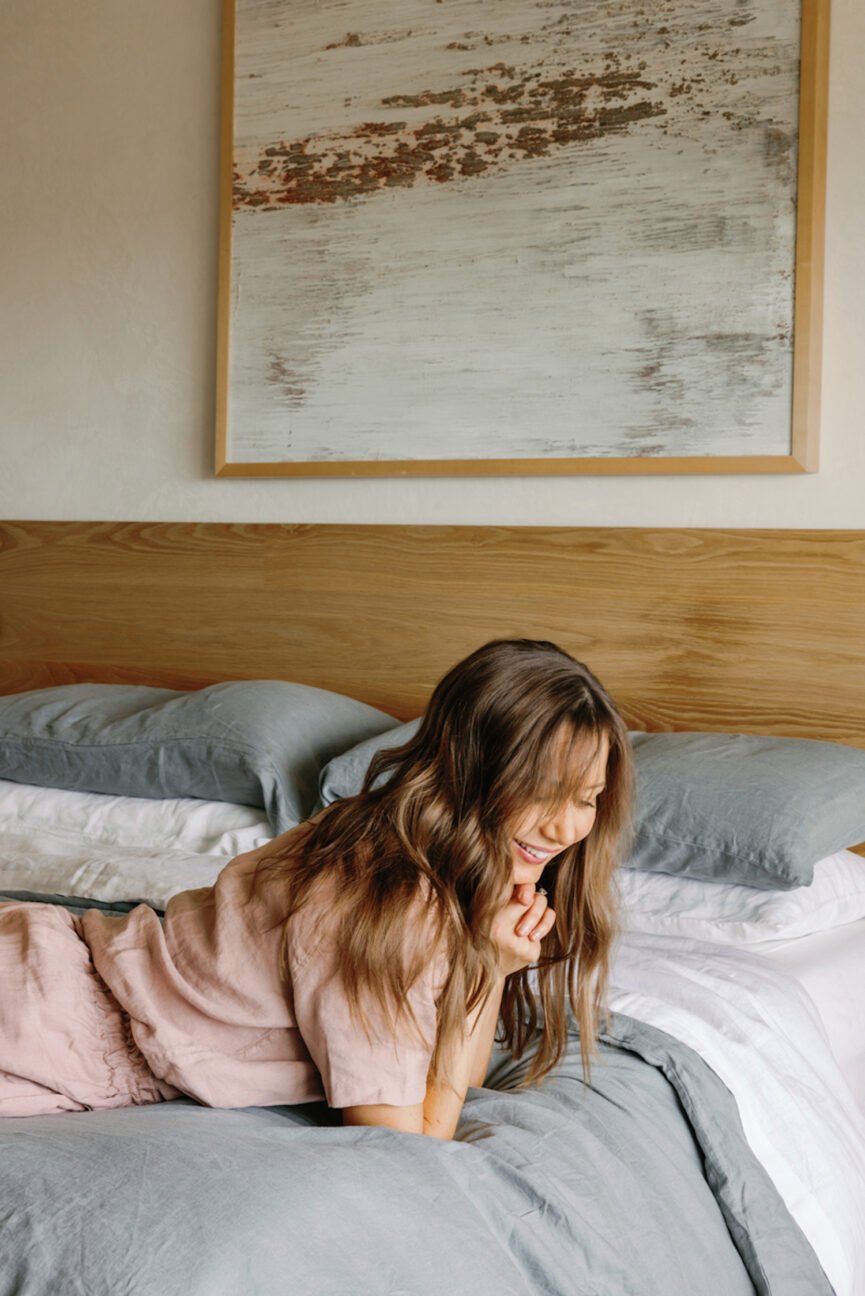
Utilize Your Settings: Quiet Mode, Time Limit, Turn Off Notifications
My life changed for the better when I turned off my Instagram notifications. I had such a habit of quickly responding the second someone reached out or commented on a story or post. As a result, I felt like a prisoner to my feed and started to resent even being active on the platform. I’ve also set a time limit, giving myself 30 minutes per day and utilize Quiet Mode in the evenings so anyone that messages me knows I won’t be responding. To me, this has been the best form of self-care.
What else could I be doing with my time?
I listened to this episode of Mel Robbin’s podcast recently where she had Dr. Kanojia (Dr. K) as a guest. He’s a Harvard-trained psychiatrist specializing in modern mental health and technology’s impact on the brain. It’s a must-listen for everyone.
What really hit me was when they talked about why we feel tired all of the time. There are many factors at play, but in the context of social media, we can attribute hours of scrolling and bingeing content for killing our attention span. Since I’ve listened to the podcast, anytime I’ve gone to grab my phone to doom scroll, I’ve asked myself what else I could be doing? What would be more productive? I’ll give myself a few minutes (truly, a few minutes tops) to scroll, then I get to the task at hand. As a result, my productivity has skyrocketed.
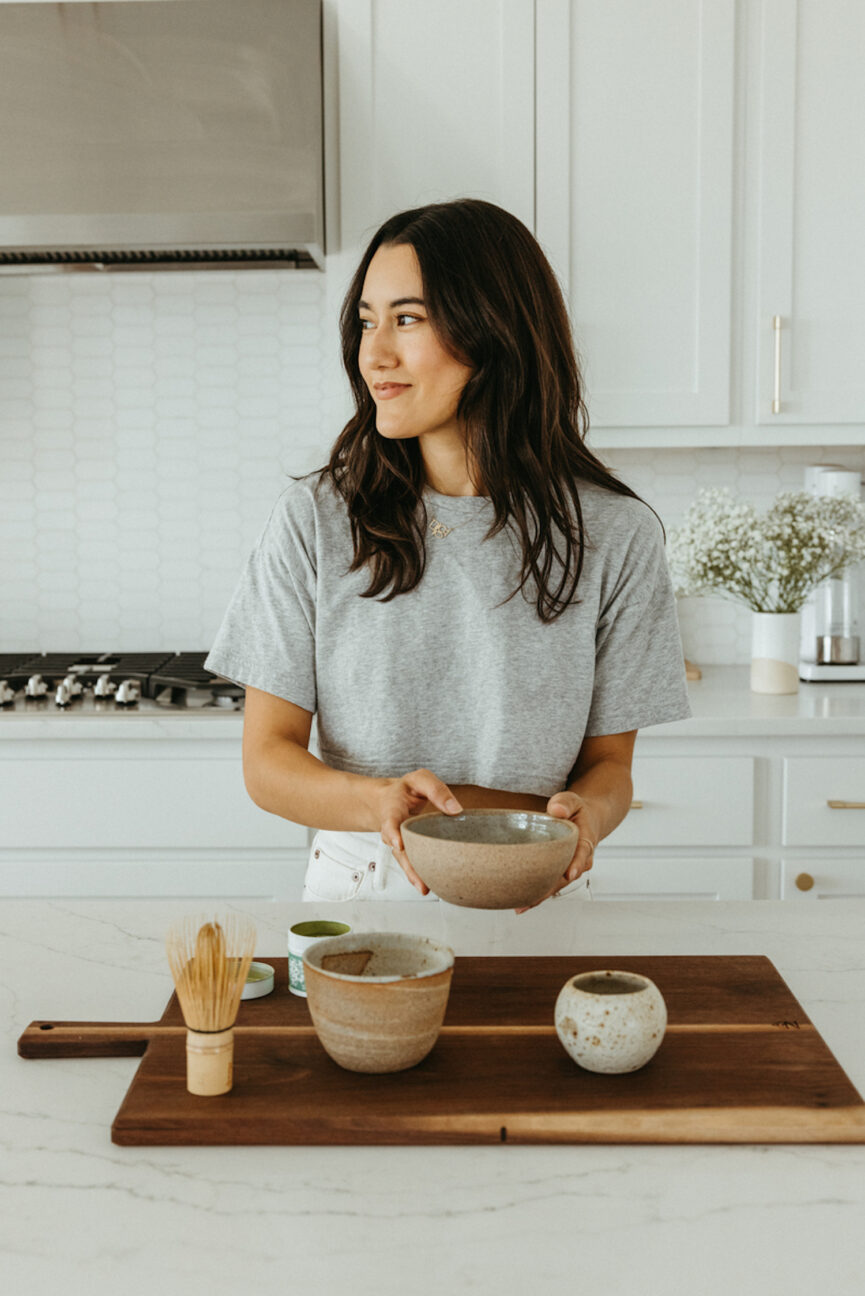
The Takeaway
Readers, I’m seeing a direct correlation between not drinking and cutting back on social media usage. When asked if I miss alcohol, I reflect on how I miss having a margarita on a hot summer day or a Spritz on a patio. But one margarita or Spritz wasn’t a problem, it was the several I’d have and how I’d feel the next day.
The same has been true of my social media usage. Spending 5-10 minutes on social media each day wasn’t the problem. Instead, it was the hours of scrolling, not to mention the way it made me feel. I would often end these scrolling sessions feeling that I was missing out on something or negatively comparing myself to others. That times takes me out of the present moment and I fell victim to the attention economy. And when I think about the only moment I have right now—the present moment—I want to be doing things that make me feel happy, peaceful, fulfilled, and relaxed.
I can’t get rid of social media, but I can control how it fits into my life. I hope these prompts and considerations help you as you learn to navigate your social usage and that they leave you feeling a little lighter. Trust me: without the weight of others’ lives on your mind at all times, it will.

 Tekef
Tekef 








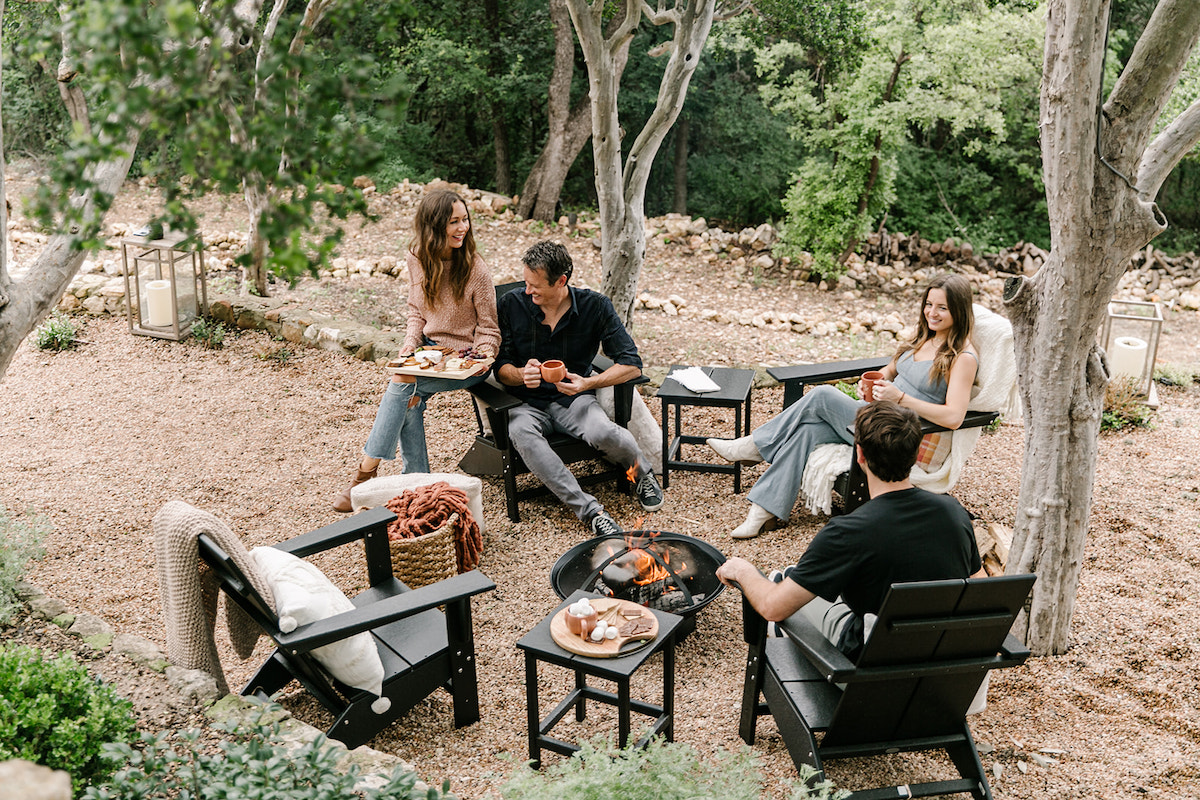



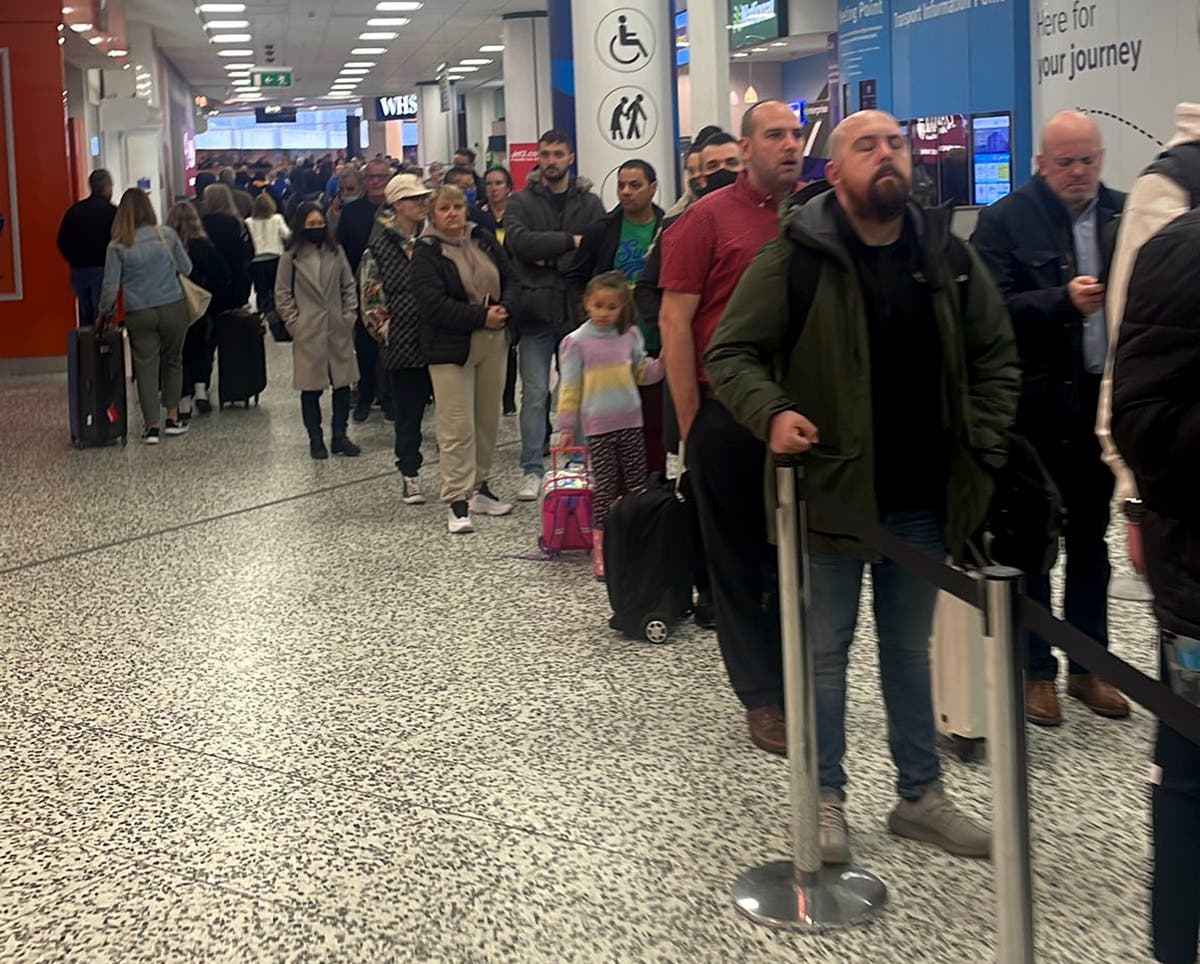











.jpg&h=630&w=1200&q=100&v=f776164e2b&c=1)


